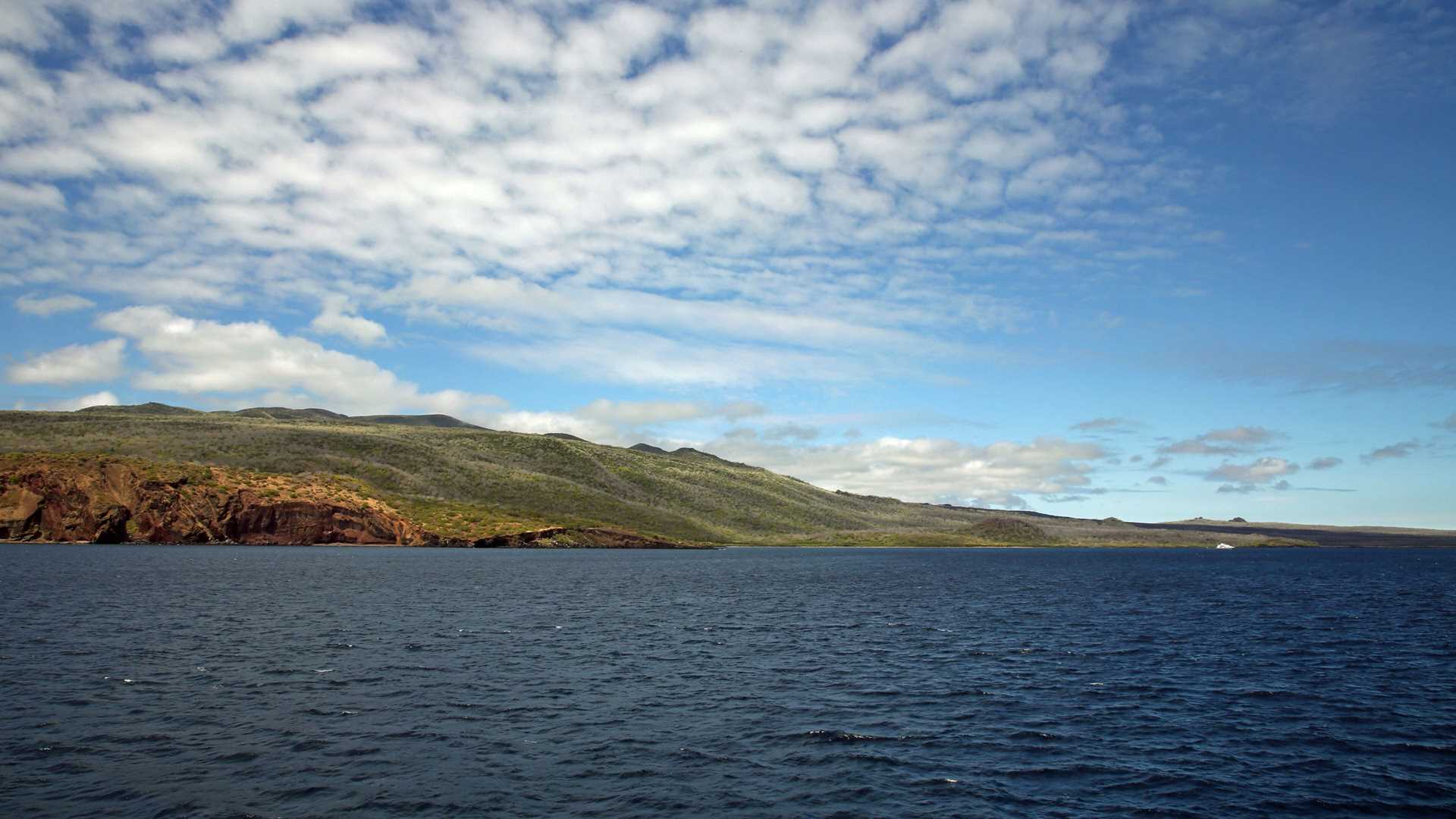As we approach the end of a wonderful exploration onboard National Geographic Islander, we visited the mysterious Santiago Island, also known as James Island, so named by pirates. We started our day with an early walk along the beach. After a wet landing, our guests enjoyed the peaceful and unique landscape of beaches and a button/white mangrove forest.
Along the sandy area, we appreciated green turtle nesting sites. By late morning, we move to Buccaneer’s Cove, an anchoring spot for pirates and whalers who wandered to this island to hide and to look for food and water. We enjoyed experiencing the marine diversity and the geologic landscape of the site.
At the end of the day, we visited Puerto Egas. Some of our guests enjoyed a relaxing time on the basaltic eroded beach, and others went for a walk along the island. The trail goes around the arid zone of the island and along the coastline. It was a nice opportunity to explore the intertidal zone.







